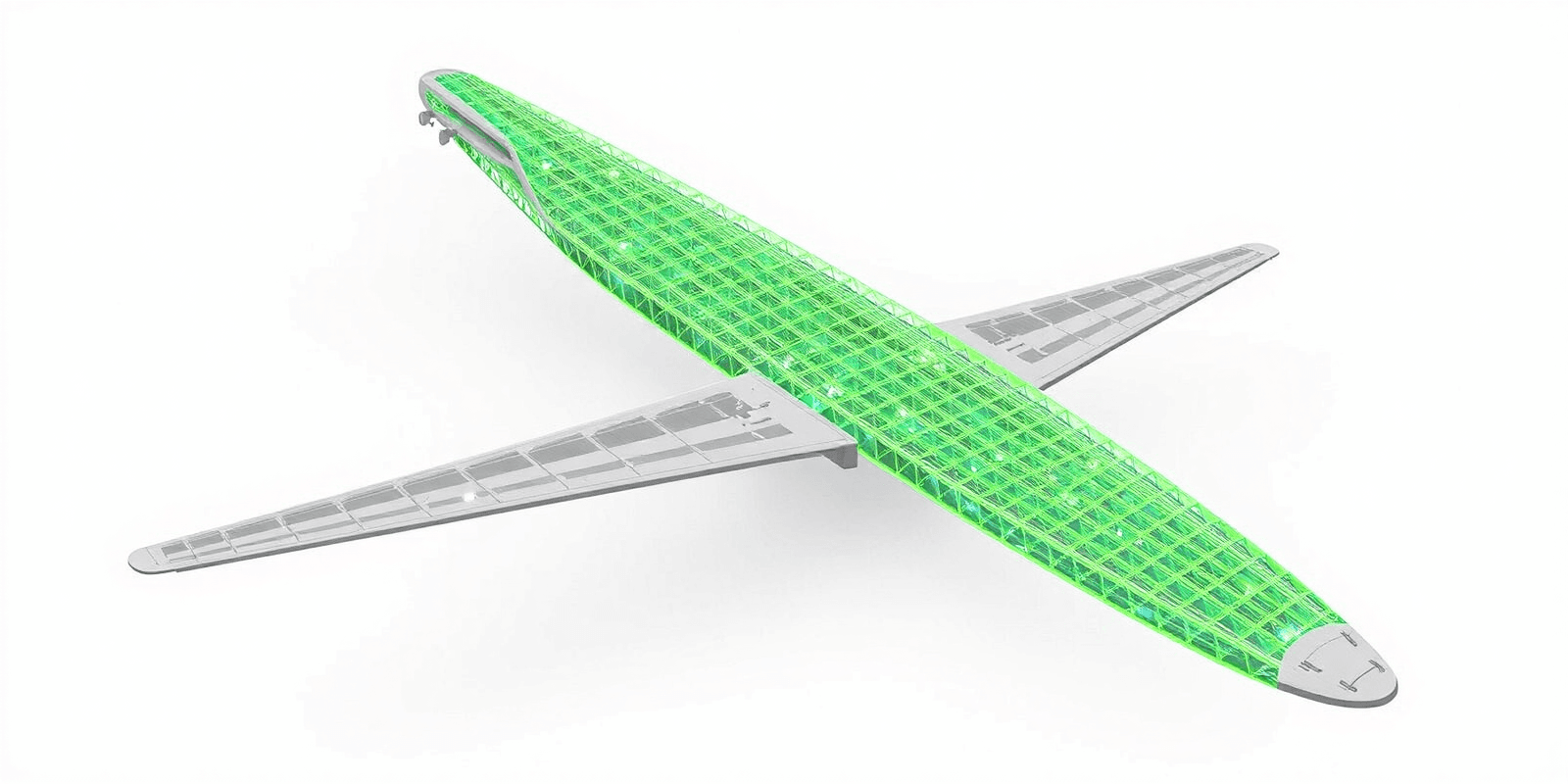Physical Address
304 North Cardinal St.
Dorchester Center, MA 02124
Physical Address
304 North Cardinal St.
Dorchester Center, MA 02124

Explore how structural composite materials are revolutionizing the aerospace industry, enhancing performance, and reducing weight in aircraft design.
As the aerospace industry continues to evolve, the integration of advanced materials is pivotal for enhancing performance, safety, and efficiency. Among these materials, structural composite materials stand out due to their superior strength-to-weight ratios, corrosion resistance, and design versatility. In this article, we will investigate the latest innovations in structural composite materials used in aerospace engineering, discussing their benefits, challenges, and overall impact on future aircraft designs. We will also include expert opinions and case studies to provide a comprehensive analysis of this trend.
Structural composite materials are comprised of two or more constituent materials with significantly different physical or chemical properties. When combined, they produce unique properties that are superior to those of the individual materials. Typical composites used in aerospace engineering include carbon fiber reinforced plastics (CFRP), glass fiber reinforced plastics (GFRP), and aramid fiber composites.
Recent advancements in structural composite materials have revolutionized their application in aerospace engineering. Innovative manufacturing techniques such as additive manufacturing (3D printing) and automated fiber placement (AFP) have enabled more complex geometries, reduced production times, and minimized waste.
Moreover, the development of nanocomposites, which integrate nanoparticles into the composite matrix, has resulted in materials with enhanced mechanical, thermal, and electrical properties. For instance, studies show that adding carbon nanotubes can significantly improve the tensile strength and thermal conductivity of CFRP materials (ScienceDirect).
One of the primary advantages of structural composite materials in aerospace engineering is their lightweight nature. A lighter aircraft requires less fuel to operate, significantly reducing operating costs and carbon emissions. For example, Boeing’s 787 Dreamliner employs around 50% composite materials, resulting in a 20% reduction in fuel consumption compared to similar-sized aircraft.
Structural composite materials exhibit incredible strength-to-weight ratios, making them ideal for the demanding conditions of flight. Their resistance to fatigue and corrosion further extends the lifespan of aerospace components, reducing maintenance costs. The military has adopted composites extensively in fighter jets, where durability is paramount.
The manufacturability of structural composite materials allows for complex shapes and designs that traditional metals cannot achieve. This opens up new possibilities for aerodynamically efficient structures, which contribute to improved performance and aesthetics in aircraft design.
Despite their advantages, the initial costs associated with structural composite materials and their manufacturing processes can be high. Investments in specialized equipment and training for personnel can pose significant financial barriers, particularly for smaller aerospace manufacturers.
While composites offer performance benefits, their environmental impact needs addressing. The recycling of composite materials is challenging due to their complex structures. Ongoing research is focused on developing sustainable disposal methods, such as chemical recycling and repurposing, to mitigate this issue (Journal of Composites Science).
The aerospace industry is heavily regulated, necessitating rigorous quality assurance processes. Composite materials must undergo extensive testing to meet safety regulations, which can lengthen the certification timeline and complicate the integration of new materials into existing designs.
The integration of structural composite materials into future aircraft designs is likely to lead to several innovations:
As airlines seek to minimize their carbon footprints, the use of lightweight composite materials will be crucial. This shift aligns with the industry’s goals for sustainability and compliance with increasingly stringent environmental regulations.
Emerging trends in aerospace engineering include the development of ‘smart’ structural composites that incorporate sensors and monitoring systems. These materials can provide real-time data on structural integrity and environmental conditions, allowing for proactive maintenance and enhanced safety.
The design flexibility offered by structural composites enables engineers to explore unconventional aircraft configurations, such as blended wing bodies and other innovative designs. This could lead to more efficient flight profiles and greater operational efficiencies.
Experts emphasize that the future of aerospace engineering is increasingly tied to the development and application of structural composite materials. Dr. Ana Martinez, a materials scientist at a leading aerospace company, asserts that “the ongoing advancements in composite materials will not only improve aerodynamics but also enhance the safety and reliability of future aircraft.” Additionally, Dr. James Latham, an aerospace engineer, points out that “the flexibility in design afforded by composites allows us to think outside the box, leading to truly innovative solutions that can transform air travel.”
The Boeing 787 Dreamliner is a pioneer in the application of structural composite materials, with approximately 50% of its airframe constructed from CFRP. This design choice has resulted in impressive fuel efficiency and operational costs, setting a benchmark for future commercial aircraft designs.
Similarly, the Airbus A350 incorporates about 53% composite materials, contributing to a lighter structure. This aircraft also showcases the potential for composite materials to be utilized in both the fuselage and the wings, optimizing aerodynamics and performance.
The future of structural composite materials in aerospace engineering is promising, characterized by ongoing innovations that significantly enhance aircraft performance and sustainability. While challenges such as cost, recycling, and certification remain, the benefits of reduced weight, improved strength, and design flexibility cannot be overlooked. As the industry evolves, structural composites are set to play a crucial role in shaping the next generation of aircraft, paving the way for a more sustainable and efficient aviation sector.